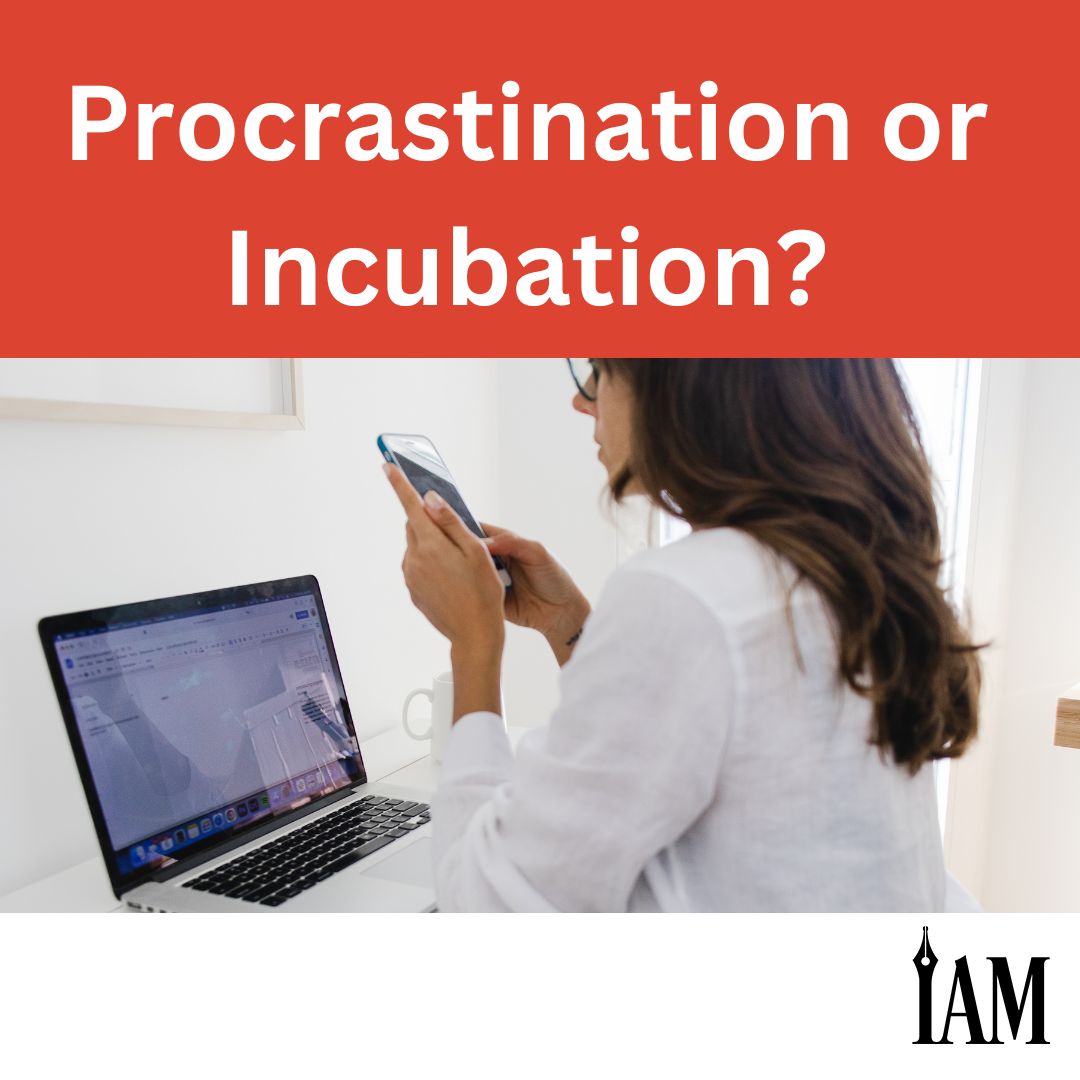For Creatives, Doing ‘Nothing’ Can Be Essential to the Process
Can you tell the difference between wasting time and giving an idea space to develop? Creativity coach and poet Mark McGuinness has a simple rule of thumb. “Procrastination happens before hard work,” he writes in his book Productivity for Creative People, and “incubation happens after hard work.”
Incubation means waiting for a story seed to grow into its creative potential, and it’s as essential as writing it. There’s a simple set of questions that can help you decide if the time you’re spending away from the keyboard is secretly part of your creative process.
Have you put in creative time?
Yes? Congratulations! It’s to the incubation station for you. Let your imaginative subconscious work while you have an excellent afternoon at the park with the kids, visit a museum, go to a concert, or swim a few laps. When you let go of controlling the creative process, the rest of your brain can get in on the act.
Are you stuck in procrastination purgatory?
Motivation is low, and avoidance is high. You’re probably looking for the quickest and easiest possible piece of “hard work” to feel you’ve done something worthwhile. Here’s how to release the pressure and find the exit fast:
- What was the question? As precisely as you can, define the missing piece, the marketing problem, the character weakness, the plot knot, or whatever it is you’re missing.
- Where is everything? Collect your raw materials: sketches, to-do lists, samples, drafts, emails, or texts to your friends or colleagues. Now you can see what you already have.
- Can you shrink it? See if you have the skills, tools, and resources you need to complete the task you’ve been putting off. Shrink the scope to the minimum viable product, or the simplest and least stressful version of it you can do.
- When is the best time? (Hint: Yesterday isn’t the answer.) Maybe you have to master a new technique or wait for a new technology to be created. A setback might mean it’s time to reset your deadline. Study your calendar for another window just the right size for this project.
- Go to the incubation station. Do not pass Facebook or collect 200 spreadsheets. You’ve defined the problem, your timeline, and your approach—to the best of your conscious mind’s ability. You’ve done the hard part. At this stage, a nap in the hammock isn’t procrastination. It’s incubation time.
Your imagination needs time and space to do deep, creative work, and when we force a solution by re-working, we often get in our own way. Enjoy the hammock, guilt-free, then come back to your project.
- Release the pressure cap. If you’ve been pushing for a long time, you may need a longer break. Kindness to yourself is the key to breaking out of procrastination purgatory. Allow yourself to rest, play, and fill up with life. Have some fun! Because sometimes the best creativity booster—and the best cure for procrastination—is joy.
